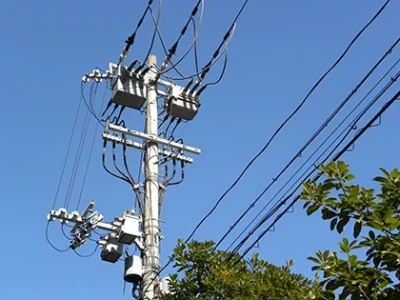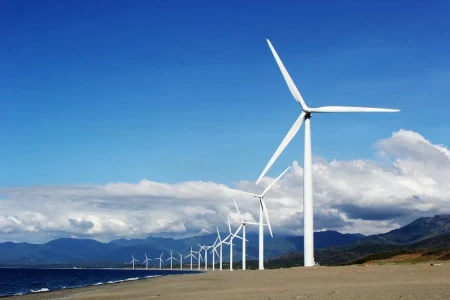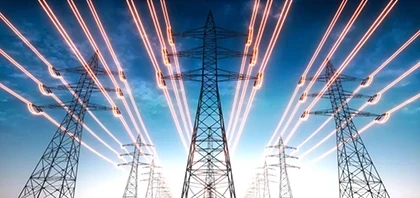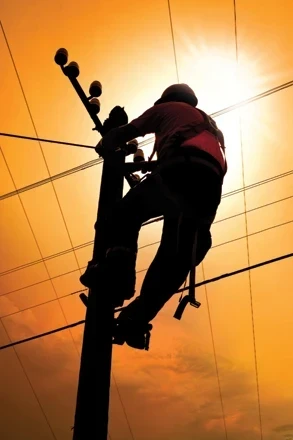Wind Power: Tax Revenue Goldmine Faces Community Hurdles

As the renewable energy sector continues to expand, wind power is emerging as a significant source of tax revenue for local governments. However, despite its potential financial benefits, officials are finding it challenging to secure community support for wind projects. The struggle to gain local buy-in highlights the need for effective communication and collaboration between developers, policymakers, and community members.
Wind Power and Tax Revenue Potential
Wind power has become a substantial contributor to local economies through property taxes, lease payments, and other forms of revenue. For many rural communities, the installation of wind farms represents a valuable opportunity to boost local finances. These projects can generate significant tax revenues that support public services such as schools, roads, and emergency services.
In some cases, wind power projects have provided a much-needed economic boost to areas facing economic challenges. For example, in regions with limited industrial activity, the income from wind farms can help diversify the local economy and provide financial stability. The tax revenue from wind power projects often contributes to increased funding for schools, healthcare, and infrastructure, benefiting the entire community.
Challenges in Securing Community Support
Despite the potential financial benefits, wind power projects often encounter resistance from local communities. Several factors contribute to this resistance, including concerns about the visual impact of wind turbines, noise, and potential effects on property values. Additionally, there can be apprehensions about the overall impact on local ecosystems and wildlife.
Community opposition can slow down or even halt wind power projects, making it essential for developers and officials to address these concerns proactively. Effective community engagement and transparent communication are crucial in overcoming resistance and building trust with local residents.
Strategies for Building Community Support
To foster greater community support for wind power projects, stakeholders must prioritize outreach and engagement efforts. Here are some strategies that can help address community concerns and secure buy-in:
-
Education and Awareness: Providing clear and accessible information about the benefits of wind power can help dispel myths and misunderstandings. Community meetings, informational brochures, and public forums are effective tools for educating residents about the economic and environmental advantages of wind energy.
-
Local Involvement: Involving local residents in the planning and decision-making process can create a sense of ownership and investment in the project. This can include hiring local contractors, offering community investment opportunities, and seeking input on project design and implementation.
-
Addressing Concerns: Actively listening to and addressing concerns about visual impact, noise, and environmental effects is crucial. Developers should work with experts to assess and mitigate these impacts and communicate the results to the community.
-
Highlighting Economic Benefits: Emphasizing the potential tax revenue and economic benefits of wind power can help shift the focus from concerns to opportunities. Demonstrating how the revenue will be used to support local services and infrastructure can make the project more appealing to residents.
Successful Case Studies
Several regions have successfully navigated community opposition to wind power projects by implementing these strategies. For instance, some communities have seen significant benefits from wind farm revenues, which have been used to fund local schools, improve roads, and support community initiatives. By fostering positive relationships and addressing concerns, these areas have become models for successful wind power integration.
Conclusion
Wind power has the potential to be a major source of tax revenue and economic benefit for local communities. However, achieving this potential requires overcoming resistance and building strong community support. By prioritizing education, local involvement, and transparent communication, stakeholders can address concerns and highlight the benefits of wind power. With effective strategies and collaboration, wind power can become a valuable asset to both local economies and the broader renewable energy landscape.









